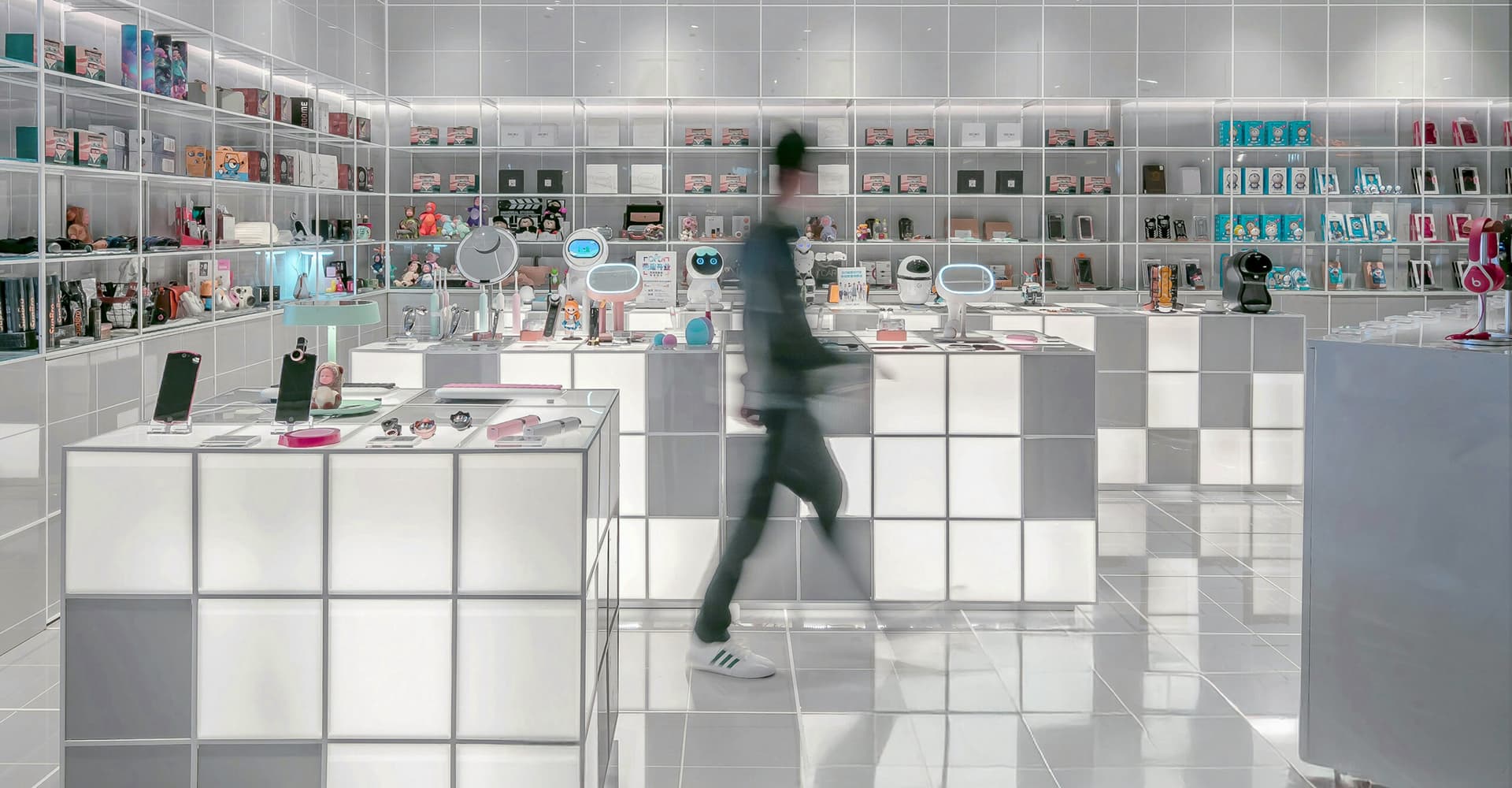
Why annual awards don’t work anymore – The shift toward real-time recognition

Sustainable incentive travel: a guide to responsible performance rewards

Customer Loyalty Index – the essential ingredient for sustainable growth


The customer experience is changing fast. And perhaps forever.
For example, the traditional sensory experience of shopping has been replaced with a digital, contactless experience. In fact, digital is driving the whole customer experience of the future.
Customer experience has always been a primary focus for retailers. If your brand is going to thrive, you need to understand and embrace what the future of the customer experience is all about.
Here are the top digital trends that are shaping the future of customer experience and how you can adapt to the ever-changing digital consumer.
In a recent retail industry survey 87% of surveyed consumers said they would prefer stores with contactless or self-checkout options. Retailers, however, need to put technology and processes in place that allow customers to opt-in or opt-out of human interaction. Customers expect to be treated like humans, not numbers, which is why this experience needs to be personalised.
In a contactless world, customers can begin their initial interaction online or in-store and later complete it at the register or at home. You need to create a unified, personal experience at every touchpoint you have with your consumer.
A recent global Salesforce research survey found that 76% of customers expect companies to understand their needs and expectations and will take their business elsewhere to find an experience that matches these. For retailers that are able to deliver a more human touch, the rewards are considerable.
Customers have come to expect instant and simple experiences with retailers. Slow service or having to bounce between multiple channels to attend to customer concerns is no longer acceptable.
More companies are exploring solutions that improve the customer journey by incorporating smart customer support tools, including mobile messaging (via text or chat apps like WhatsApp or Facebook Messenger).
Customers enjoy the ease of communication via messaging rather than calling into call centres. For many consumers, mobile is the only technology used to access online services, which makes it a great reason for retailers to hop onto mobile devices.
As consumers grow accustomed to conversational interactions with brands, immediacy has become vital. To the extent that 64% of consumers expect companies to respond to and interact with them in real-time.
Customer service 24/7 and digital support are becoming more important – especially since most online shopping is done after hours.
AI agents are a helpful solution for offering after-hour support through automated customer service. As technology and algorithms advance, they will become more popular, securing a valuable role in customer experience.
Brands estimate that by 2030, 67% of in-person engagements (sales assistance, information queries, etc.) will be completed by smart machines. This includes voice-based Artificial Intelligence assistants, augmented and virtual reality and holographic technology.
Brands, however, must find the balance between the use of smart machines for performance with the empathy that humans bring. Technology, especially if consumer-facing, should be a tool to augment, not replace, humans.
Data will continue to play a major role in customer experience as it allows retailers to create personalised experiences for them.
However, data storage is changing.
It can now be combined into one platform, driving real-time insights through highly accurate user profiles.
Communication is also being managed through a single platform.
“Finding a solution that combines customer data with consolidated channels will help you serve your customers better and engage with them in more meaningful and personalised ways,” according to MediaUpdate.
With the rise in e-commerce, more companies have already started integrating mobile payment systems into their social media and messaging channels to streamline the customer journey and boost their sales.
In South Africa, however, cash still dominates according to a report by Deloitte. “For most consumers, cash is immediate, simple to use and easily understood, accepted almost everywhere, with no apparent hidden fees and can generally be trusted.”
Technology has fundamentally changed consumer behaviour. The future of consumer behaviour is more digital, more mobile, more social and more engaging.
To keep up, brands must embrace a holistic customer experience strategy that incorporates more digital solutions to create the customer experience of the future.